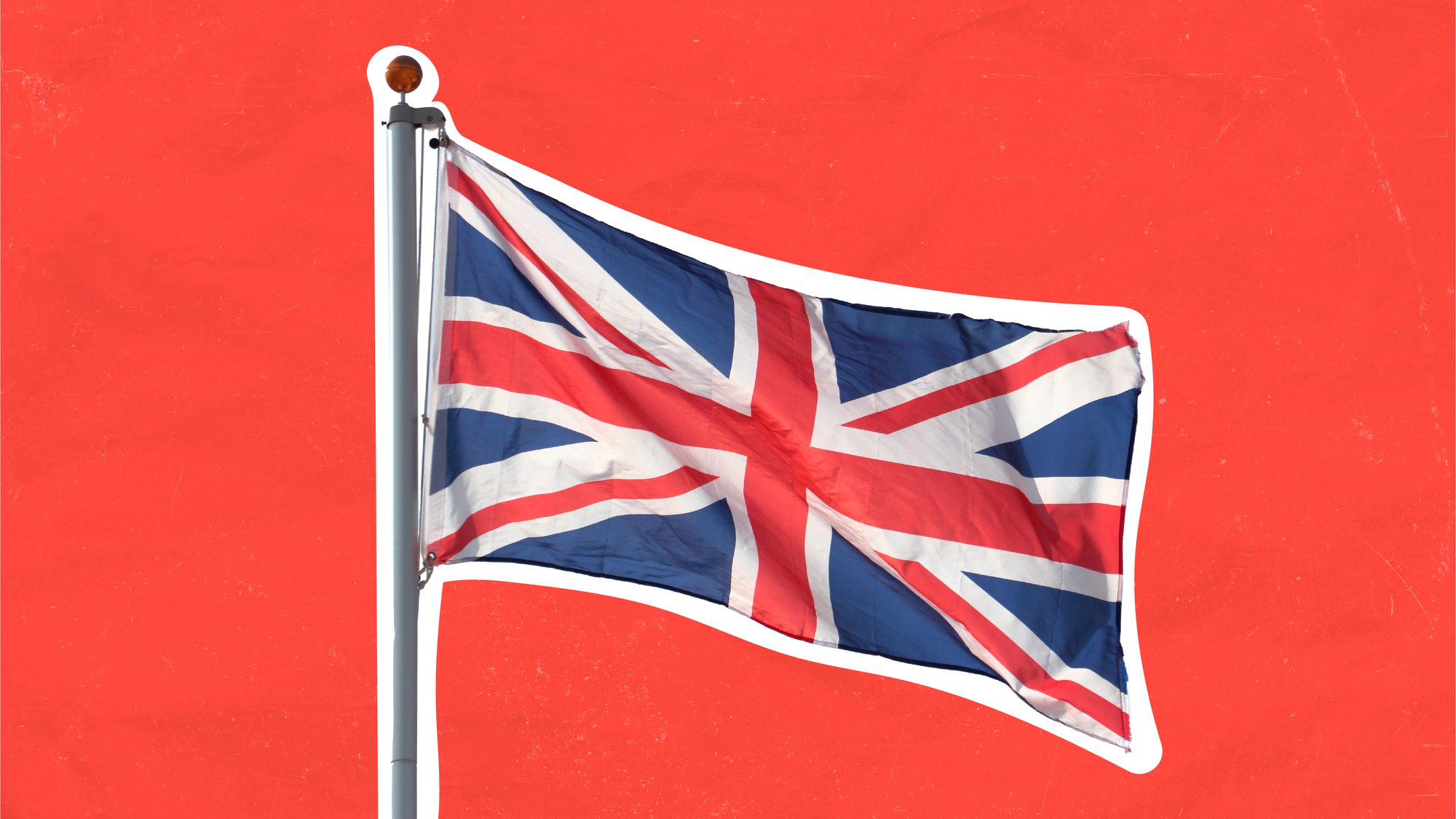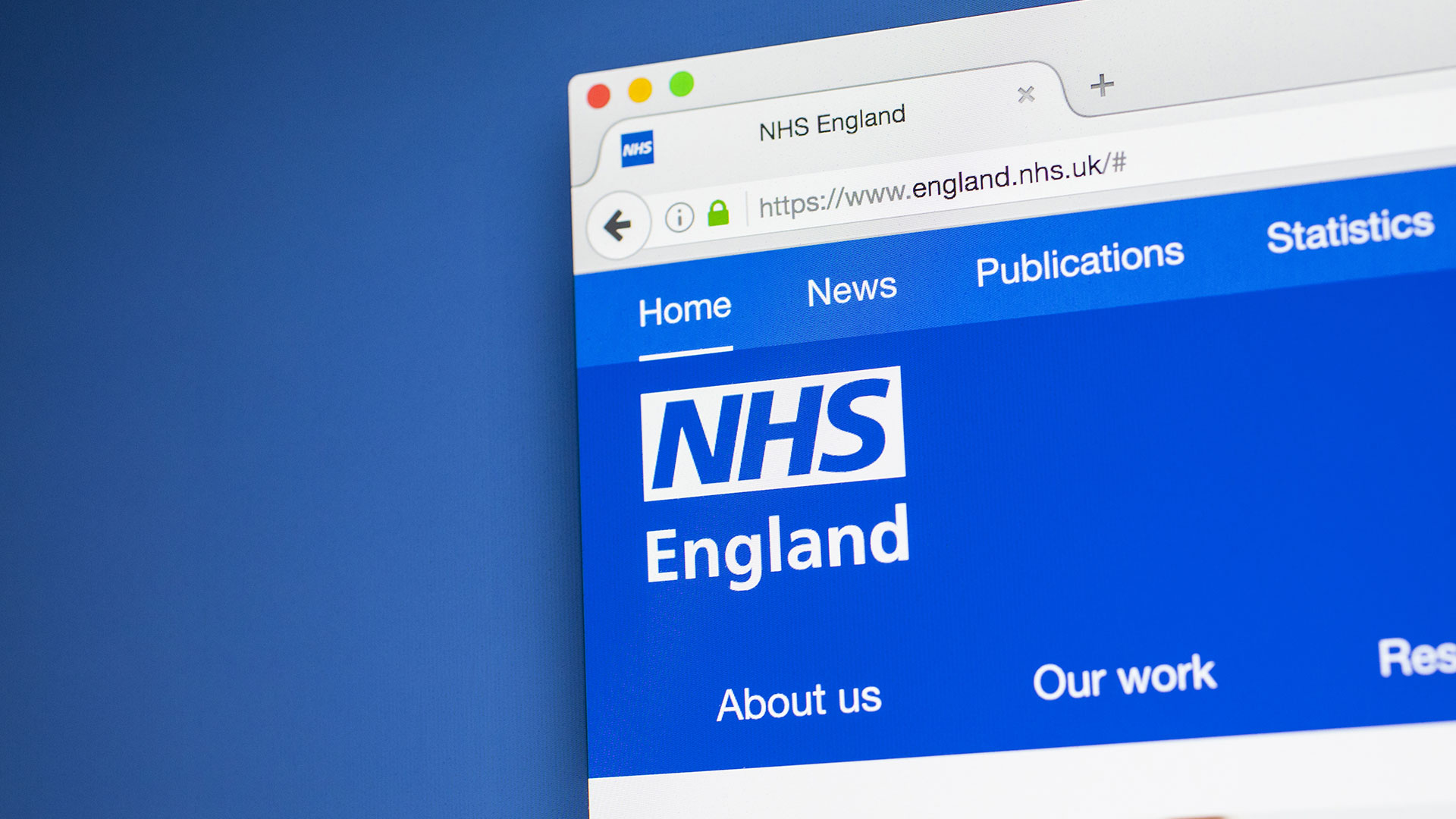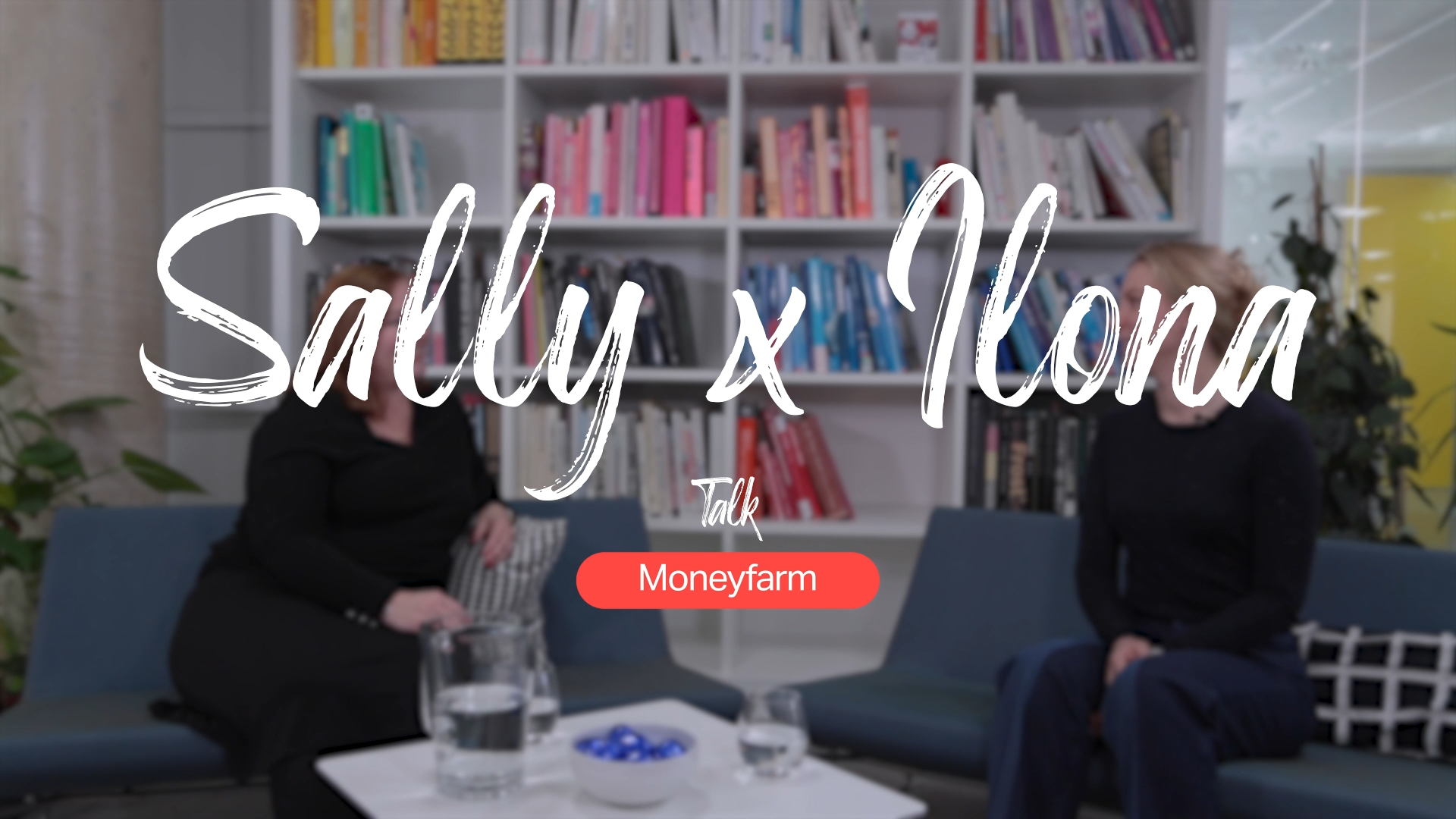Where brand meets branding: Britishness, brand identity and the truth beneath the badge

- Introduction: brand identity and values
- Why brand truth matters more than ever
- Brand identity beyond the logo
- Brands that successfully embody their values
- Final thoughts: brand behaviour and embracing change
Introduction: brand identity and values
As a brand consultancy, we know that brand identity isn’t something to just market; it’s something to live by. For a brand to thrive, it must have a cohesive values system to bolster its identity. This involves looking inward and understanding what it is that makes your brand relevant to its audience now and for the future.
The 80th anniversary of Victory in Europe Day is a brilliant example of the poignancy and impact of this – a collective lived identity, supported by its values.
More than a commemoration of the end of conflict, VE Day 80 is also a reflection on the values that shaped a nation: unity, resilience, sacrifice, and shared truth. The red, white and blue bunting, the military parades, the red arrow fly past, the spontaneous community gatherings – they’re not brand expressions, they’re brand realities.
In short, in 1945, Britishness wasn’t a campaign. People believed in it. They lived it. Which begs the question in 2025:
If your brand trades on “Britishness,” are you still living up to its values or just wearing it as a badge?
Why brand truth matters more than ever

VE Day 80 isn’t just about remembering the past. The commemoration holds a mirror up to the present. It challenges brands, especially those wrapped in the Union Jack, to look inward and ask:
Are we who we say we are? Are we building community, unity, resilience or simply claiming them?
In a time of globalisation and global supply chains, foreign ownership and trade protectionism, many businesses still fly and amplify a British brand identity. However, your customers will notice when the manufacturing, leadership, or values behind the badge don’t align with the narrative.
That’s where brand meets branding. And where we can either win trust or lose it.
Branding identity beyond the logo
If your visual identity says “quality, resilience, integrity”, but your operating model says “volume, opacity, inconsistency,” you’re not branding, you’re bluffing.
To help our clients avoid that trap, we use our Brand Value Model. It’s a framework that unpacks the full brand systems to ensure brands operate with integrity. It has four layers:
- Adding value: Purpose & Promise
- Building value: Positioning & Activities
- Delivering value: Behaviours & Values
- Presenting value: Branding & Identity
Most businesses tend to jump to number four in the layer. Yet the brands that last are the ones that incorporate and activate all four layers.
They are brands that people believe in. This trust requires all layers to be connected coherently and work together collectively creating the brand’s perception and worth in the minds of customers, colleagues, partners and stakeholders. The cumulative result is the complete brand.
But if it’s branding and identity, we want to focus on the Brand Identity Prism model set out by Jean-Noël Kapferer.
His six facets of identity (Physique, Personality, Culture, Relationship, Reflection, Self-image) show that brands are more than just how they look; they’re how they behave and how people feel around them.
Brands that successfully embody their values
Indeed, a true “British” brand isn’t defined by simply displaying a Union Jack. Rather, it lives out the modern British values of democracy, the rule of law, individual liberty, and mutual respect and tolerance.
These values should be woven through every facet of the brand identity – from how it operates, to how it treats people, to how it contributes to society.
Consequently, in today’s Britain, authenticity means not just celebrating heritage but upholding these principles in everything you do.
Mini

MINI is still seen as a British icon, but with German ownership and international manufacturing, its brand must balance heritage with transparency.
But if the reality drifts too far from the image, trust erodes.
- The Perception: Quintessentially British – style, innovation, fun
- The Reality: Owned by BMW (Germany); production in the UK (Oxford, Swindon, Hams Hall), Netherlands and for some models, Germany
- The Tension: When the origin shifts, the identity must evolve not just emotionally, but operationally
- The Opportunity: Instead of faking “Britishness,” lead with values: design excellence, driving enjoyment and sustainability
Bovis Homes (Vistry Group)
We worked with Bovis Homes to rebrand and revive their iconic brand. Furthermore, the key to success was to embrace change by aligning their brand story with operational reality – shifting from “build” to “belong.”
- The Past: Traditional British housebuilder
- The Shift: From “build” to “belong” a new tone, a new mission, and new partnerships
- The Message: Housing is not just for profit, but for people
- The Spirit: Echoes VE Day’s post-war rebuilding mindset: inclusive, purpose-driven, community-led

Frontier Agriculture
Our work with Frontier on their brand refresh is rooted in genuine values and community, much like the unity celebrated on VE Day.
- The Role: Trusted partner in the UK’s agricultural supply chain
- The Brand Refresh: Rooted in rural language, natural colour palettes, real farmer stories
- The Alignment: Brand expression matches internal behaviour, practical, clear, locally aware
- The Result: A brand that builds loyalty not through image, but through consistent, value-led action

Final thoughts: brand behaviour and embracing change
In times of scrutiny and celebration, the gap between brand and branding is where trust is won – or lost.
For a brand to truly succeed, its values must align with its brand identity.
So, at the time of VE 80, as Britain honours its past and looks to the future, brands must ask themselves: Does our badge stand for what we do, or just what we say?




